Before we know what the Non-Fungible Token (NFT) is, we need to know what’s the technology behind it, which’s Blockchain.
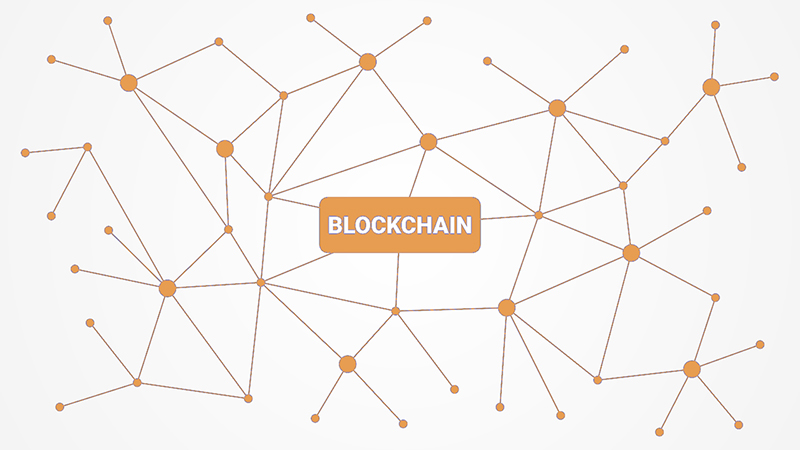
When we say Blockchain, people tend to start thinking about Bitcoin, Etherum, Doge, etc… These are cryptocurrencies. Blockchain is the underlying technology beneath that. So basically Blockchain Technology can exist without cryptocurrencies, but cryptocurrencies can’t exist without Blockchain and the same principle applies to NFTs.
Blockchain Technology is a big decentralized system that lets you record data in ways that make it hard or impossible to have changes on it or to hack it. Think of it as a series of blocks that are tied together like a chain. Each block has data, mostly transactions, and keep in mind that blockchain is transparent by nature, so you’ll be able to track the entire transaction history made using Blockchain.
So what is an NFT?
NFT is short for Non-Fungible Token and that token will be created on the Blockchain to represent the ownership of an item. That item can be almost anything: a piece of art, song, video, or even a tweet. The ex CEO of Twitter sold his first tweet on Twitter for $2.9 million.
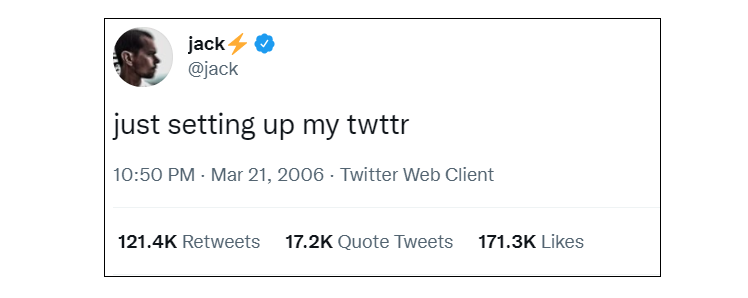
So the item can only have one official owner at a time, no one can change the record of the ownership or duplicate the token. As such, you will have your unique signature, which is called “Cryptography”. These tokens are bought and sold online, usually with cryptocurrency, under the name of “CryptoArt”. Digital artists were suffering from selling their own digital art. Using NFTs was a complete game-changer for them.
You might be wondering since it’s a digital work, why wouldn’t I just screenshot it, since then it would simply be mine. Well, you can reprint the Mona Lisa and have it on your wall, but why would you want a reprinted Mona Lisa there in the first place? For those who appreciate and enjoy art, that’s a definite no. Maybe you can have the same digital art, but I guarantee that you won’t feel the same as you would with the real one. Using screenshots is similar to using fake products, meaning that you’ll never truly own them.
What is the hype behind NFT?
The NFTs market has grown rapidly, Reuters recorded the differences for the first two quarters of 2020 and 2021, where the market sales volume shifted from $13.7 million to $2.5 billion, which then reached $10.7 billion in the third quarter in 2021. That’s insane.
The hype was so big, that on March 11 Christie’s sold “EVERYDAYS: THE FIRST 5000 DAYS” image from a digital artist called Beeple for $69 Million. Furthermore, most wealthy collectors have started buying some of the original meme pictures, which made the hype even bigger. For example, the Disaster Girl meme was sold for around $500,000, whereas the picture of Shiba Inu dog (the Doge meme) sold for around $4 Million.
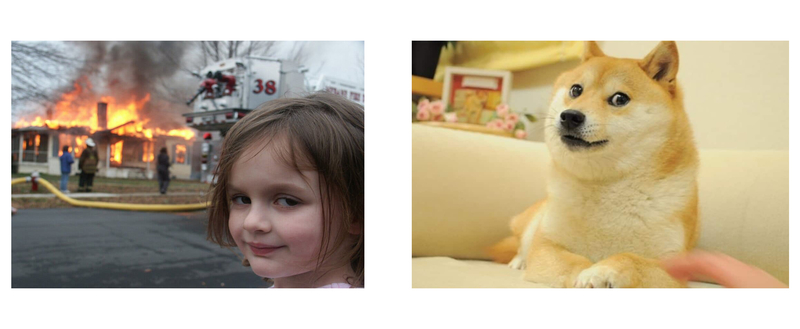
Weird, right? So what would you think if you heard that someone paid $1.3 Million for a literal JPEG of a rock? YES, that’s real. EtherRocks, the seller said, “These virtual rocks serve NO PURPOSE beyond being able to be brought and sold, and giving you a strong sense of pride in being an owner of 1 of the only 100 rocks in the game :)”
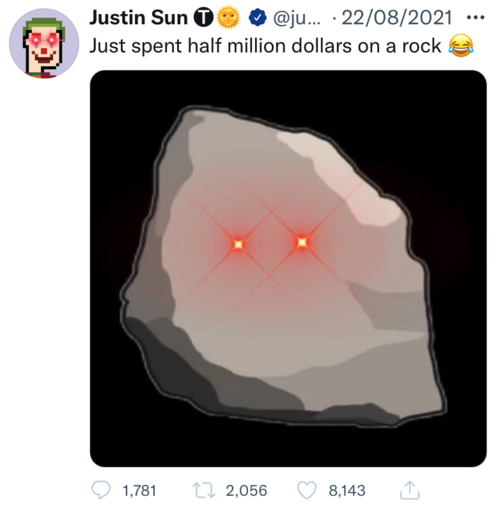
There is an increasing interest in this, although people seem to be becoming more weird about it. The Boys (a group of YouTubers) started selling foot pictures as NFTs. They gained $11,900 from 50 tokens that were sold at auctions. They even sold a single-foot picture for $1,200.. You can check the auction here. And their most expensive foot picture here.
Also, celebrities are joining the party and making it bigger. Actors, singers, players, and gamers are all jumping onto the NFT market, as well as institutions like the NBA and Louis Vuitton.
NFT use cases
People tend to associate NFTs with digital art being sold at high prices. This is, however, only one of the most popular aspects associated with NFTs. NFTs can go huger than what we see. A predictable theory is that NFTs could hit all the industries in terms of how things are bought and sold. If you scrutinize deeply into NFTs, you will find that it has plentiful possibilities. Beyond the arts and the entertainment applications, there are many more experiments that are now in their early stages.
Certification and documentation Since NFTs contain unique information, it’s considered to be used as a means of verification for documents, degrees, academic certificates, and licenses.
Real estate A token can be issued to represent the ownership of the asset recorded on the blockchain, where all information, like ownership, construction plans, and location will be contained. After which, the value of the property is distributed among a fixed number of tokens and provided to the investors via smart contracts.
Tickets NFTs may also help the ticketing industry, where they can represent traditional tickets in sports events or concerts. This would ensure that everyone has original access, making it more difficult to fake one.
It’s too early yet to see NFTs invading the markets, but the chances are good that we’ll see more ideas and more use cases for the future. As it stands, there’s still a lot of societal stigmas when it comes to using NFTs. Unfortunately enough, they’re still viewed as not practical, nor popular enough to be used in most industries. However, when it relates to securing art, NFTs are certainly here to stay.
The future of NFTs
The popularity of NFTs is increasing, and I think that NFTs have more serious potential than their current use. Nowadays we spend most of our waking hours using technology and as technology grows, we can't predict what else it will bring us. These days, all the buzz is about the metaverse. Vishal Shah, head of Facebook's metaverse products, also confirmed that the Facebook metaverse will support NFTs.
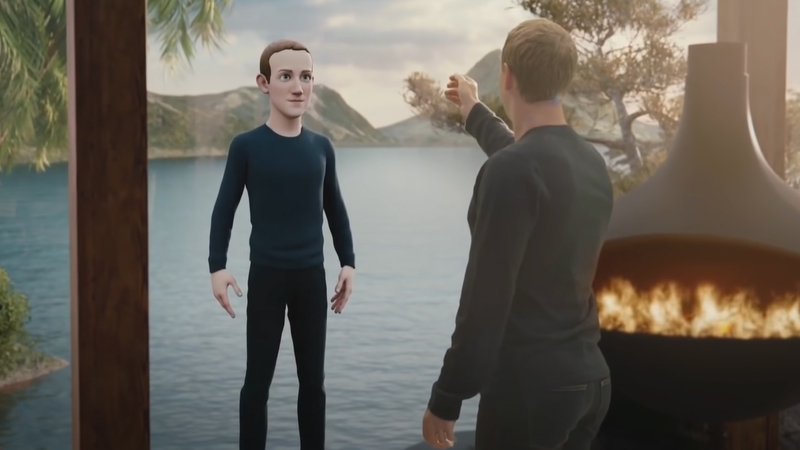
The adoption for NFTs is getting bigger and bigger, with many different marketplaces now offering NFTs. However, like any new technology, it still has various challenges to overcome, like the legal, regulatory, and cybersecurity threats, as well as potential fraud risks, which could temporarily limit their adoption.
How to buy and sell NFTs?
Buying or selling NFTs is not difficult at all. The initial steps will only have to be done once, anyone can do it and no blockchain knowledge is required.
In order to get started, you need three things. A marketplace, a crypto wallet, and an item.
Whether you wish to buy or sell, creating an account on a marketplace that offers buying and selling of NFTs is your first step. There are plenty of them, such as OpenSea, Rarible, and Foundation NFT. You'll need a crypto wallet. Personally, I use Coinbase. You can find instructions here on setting up your crypto wallet if you don't know how. Your wallet needs to be funded by purchasing Ether or another supported cryptocurrency from a crypto exchange like Coinbase, Binance, and Kraken (here’s how). Finally, connect your wallet to your NFT account in your preferred marketplace.
In case of buying:
- Browse and choose your favorite NFT.
- Bid on your chosen NFT in the auction/bidding process.
- You will become the new owner of the NFT if you were the highest bidder. You can now move the NFT into your wallet or resell it directly.
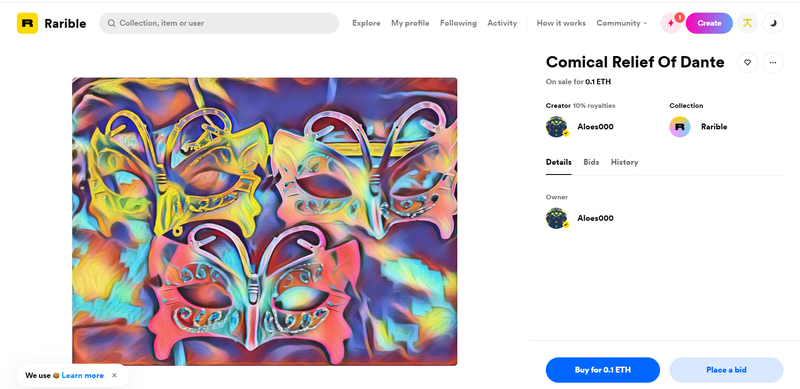
In case of selling:
- Upload your Item that you want to turn into an NFT in your preferred marketplace.
- Pay the minimum fee for creating the NFT (the fee varies depending on the marketplace).
- Set a fixed price or a bidding range.
- Share your NFT on social media to gain prospective buyers.
- After a buyer buys your NFT, the payment is received in your connected wallet.
Even though everyone can benefit from using NFTs, so many people, including myself, think it is risky to buy NFTs now, especially for investments. The NFT market is new and the real values of NFTs aren’t clear enough. I would urge you to do your own research and gain a deeper understanding of the market before you start purchasing NFTs.
Learn more
- For more information on Blockchain, you might want to watch this YouTube video.
- Check out the Etherum official page on NFTs if you are interested in learning more about how NFTs work.
- Interested in becoming a Blockchain developer? This article by Dr. Michael J. Garbade may guide you in the right direction.
